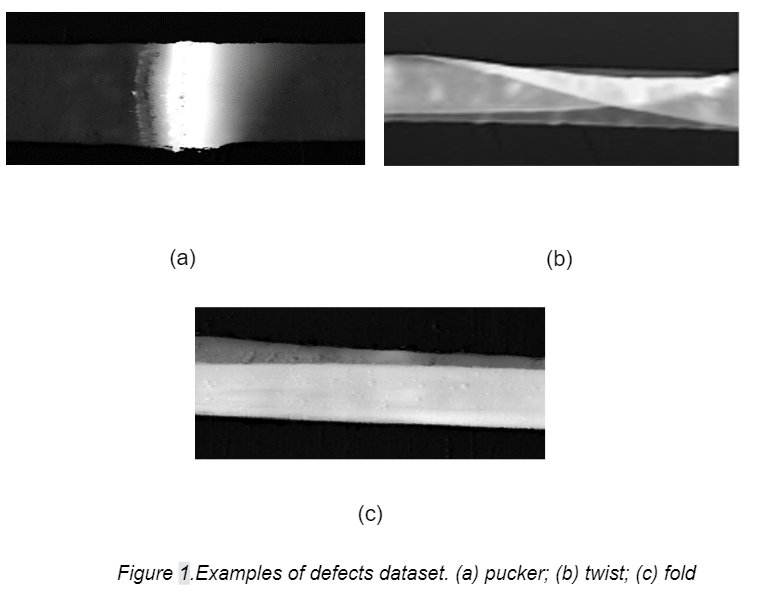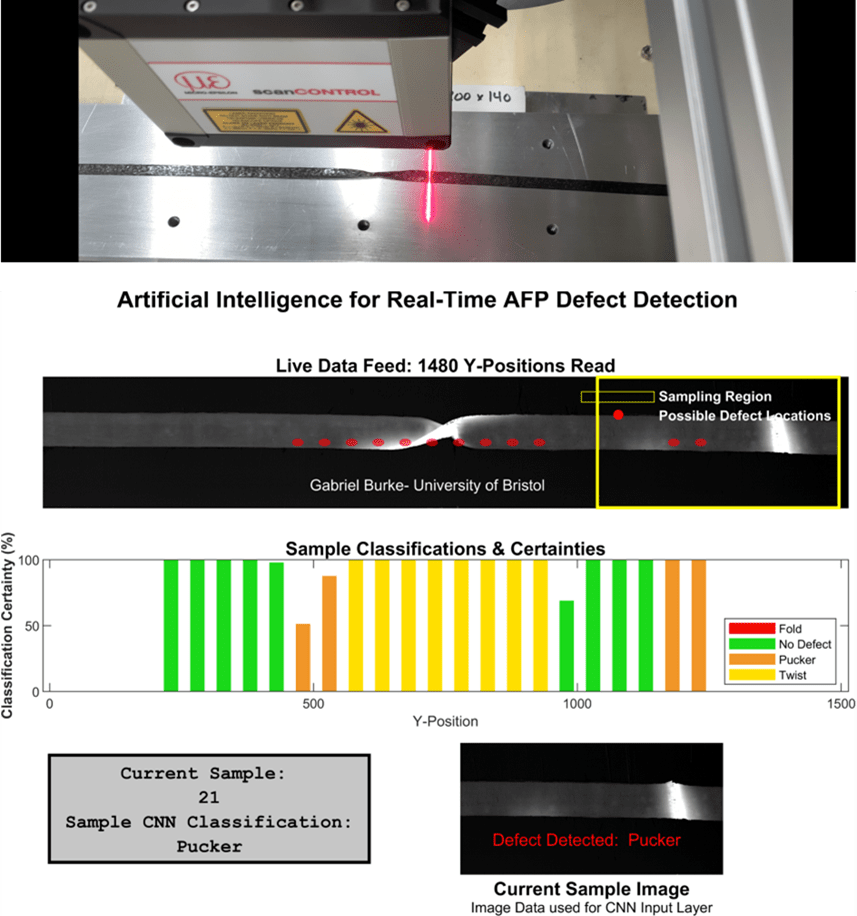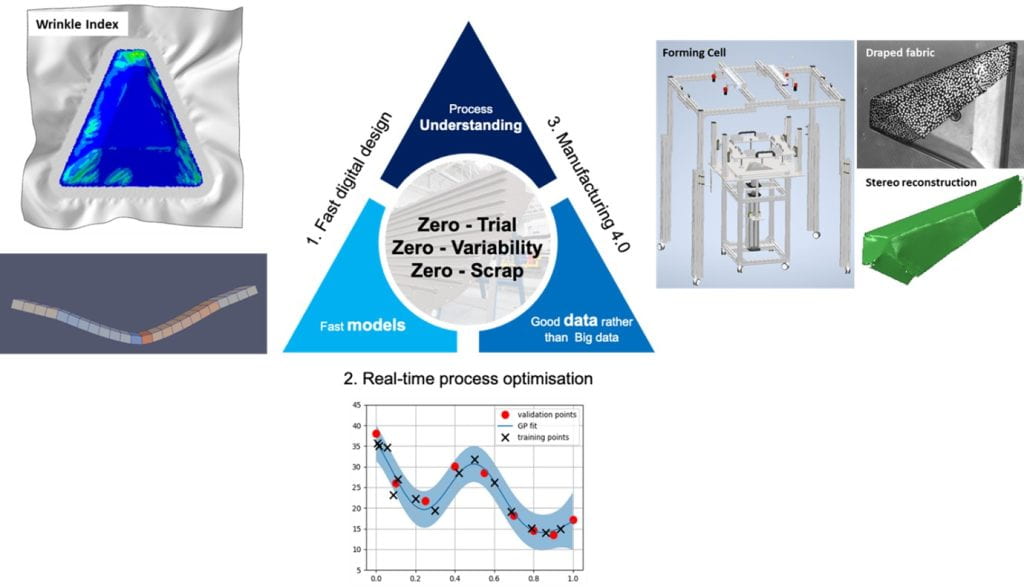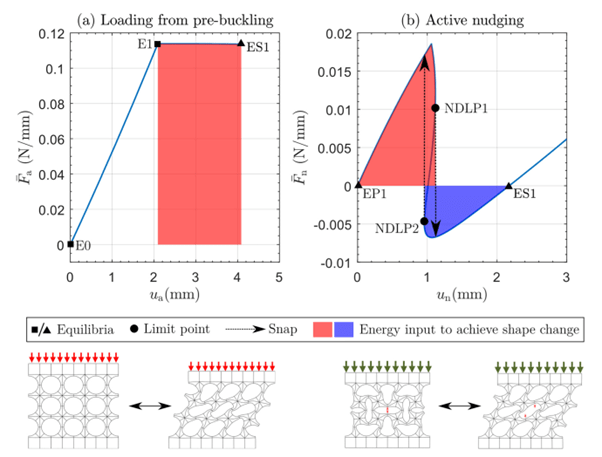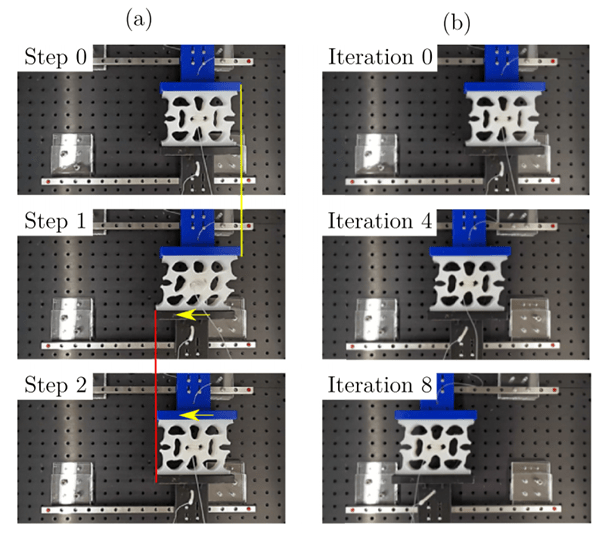Testimonial from Mary Sintim Donkor (outreach lead) and the team – Aya Abdo, Nontanasorn (Boss) Budninpech, Ali Kandemir, Robert Oxford Pope, Gökhan Sancak and Anna Williams.
In February 2025, our team of six students from the EPSRC Centre for Doctoral Training in Composites Science, Engineering and Manufacturing (CoSEM CDT), together with Bristol Composites Institute (BCI) post-doctoral researcher Dr Ali Kandemir, embarked on an international outreach initiative in Ghana. We visited Koforidua Senior High Technical School in Koforidua and the Kwame Nkrumah University of Science and Technology (KNUST) in Kumasi. Our mission was to share knowledge, inspire future engineers, and strengthen collaborations between institutions. This experience proved to be an enriching exchange of ideas and aspirations, leaving a lasting impact on both students and faculty members.

Engaging with Young Minds at Koforidua Senior High Technical School
Our outreach officially began at Koforidua Senior High Technical School on Monday 10th February, where we spent the day inspiring students and staff with the wonders of composite materials and manufacturing. However, our mission went beyond technical discussions—it was about empowering the next generation of STEM leaders.
Highlights of the interaction;
- Inspiration & Motivation – Mary Sintim Donkor kicked off the day by discussing the power of dreams and how to succeed in STEM, reminding students that the sky is the limit.
- Introduction to Composite Materials – Aya Abdo introduced the fundamentals of composite materials, laying the groundwork for further discussions.
- Evolution of Materials – Robert Oxford Pope took students on a journey from natural materials to modern applications in composites.
- Composites in Space – Gökhan Sancak explored the role of composite materials in shaping the future of space exploration.
- Sustainability Challenges – Dr Ali Kandemir provided insights into the environmental impact of composites and the ongoing efforts to improve their sustainability.
- Innovative Projects – Anna Williams shared exciting work from the CoSEM CDT22 cohort’s DBT project, showcasing the journey from concept to product development.
The day concluded with an interactive workshop, allowing the high school students to engage directly with our team, ask questions, and explore their ambitions in STEM.
Inspiring the Future of Engineering at KNUST
Our journey at KNUST began with a tour of the College of Engineering laboratories on Wednesday 12th February, where we gained insights into the cutting-edge research and innovation taking place within the Department of Materials Engineering. This first-hand exposure set the stage for meaningful discussions with students and faculty about advancements in materials science.
The second day was packed with engaging sessions and invaluable discussions. We were honoured to receive opening remarks from Professor Albert Adjaottor, setting the tone for the day’s activities including;
- Presentations by the BCI Outreach Team – Our team introduced students to our research, covering topics such as composite materials sustainability, hydrogen storage, thermal management in particle accelerator detectors, and space environment protection.
- Diverse Research Perspectives – Alumni speakers George Kwesi Asare, Emmanuella B., Elizabeth Laryea, Paul Sarpong, Joseph Tamirka Bawah, and Ebenezer Acquah shared their experiences and research journeys, providing students with a broader understanding of opportunities within materials science and engineering.
- Panel Discussion – “Life After Graduation” – Experts including Dr. Frank Agyemang, Dr. Martinson Nartey, Dr. Ali Kandemir, and Gökhan Sancak engaged students in an insightful discussion on navigating career choices and postgraduate studies.

On Friday 14th February, the outreach wrapped up with practical workshops designed to provide students with hands-on learning experiences.
- Composite Manufacturing & Testing – A practical session where students engaged with composite material fabrication and evaluation.
- Graphics & Data Visualisation – Led by Dr. Ali Kandemir, students learned to use Inkscape and QtGrace for scientific design and visualisation.
We concluded the day with an interactive session for teaching assistants, covering graduate school applications, and life in academia. Before departing, we held a heartfelt appreciation session with the Head of Department and faculty members, thanking them for their warm hospitality and support.
A Lasting Impact: Equipment Donation
One of the major highlights of this outreach was the donation of a mini-injection moulding machine and accessories to the Department of Materials Engineering at KNUST. This equipment, funded by the CoSEM CDT and received by Dr Eric Asare, will provide students with valuable hands-on learning opportunities for years to come.
A Heartfelt Thank You
This initiative would not have been possible without the dedication and support of many individuals.
At Koforidua Senior High Technical School, we extend our gratitude to Mr Moses Boateng (Coordinator), Mr Ofori Antwi (Headmaster), Mr Bernard Offei Tetteh (Assistant Headmaster, Administration), Mr Lionel Ablordepey (Head of Science), Madam Mercylin Ahenyo (Head of Physics), Mr Samuel Prince Foli (former headmaster) and Chief Prefect Caleb Djormor Yartey and his team.
At KNUST, we appreciate the support of Prof. Emmanuel Gikunoo (HOD), Dr Bennetta Koomson, Dr Eric Asare, Prof. Albert Adjaottor, Dr Frank Agyemang, Dr Martinson Nartey, Emmanuel Kofi Frimpong, Priscilla Fordjour, the volunteer team (Vincent Appiah, Stephen Onomah, Priscilla Mawujorm Korkor, Gracie-Gloria Ahiekpor, Bernard Dzepor, Liza Eshun), and Andrew Senam Newlands Tsini (MATESA President, 2024–2025).
Special thanks to Miss Mary Sintim Donkor for her meticulous planning and to the whole BCI outreach team (Dr. Ali Kandemir, Gökhan Sancak, Anna Williams, Nontanasorn Budninpech, Aya Abo, and Robert Oxford Pope) for making this dream a reality.
We also appreciate the CoSEM CDT Directors (Prof. Stephen Eichorn, Prof. Alberto Pirrera, Prof. Ian Hamerton) and the CoSEM Management Team (Sarah Hallworth, Briony Spraggon, Kathinka Watts, Rebecca FitzHenry) for their unwavering support, coordination, and securing funding through EPSRC. Their contributions were instrumental in the success of this outreach.
This has truly been a journey of endurance, passion, and dedication. We wholeheartedly hope that this interaction continues, leading to more opportunities to engage, collaborate, and inspire. Until next time, Ghana!
The CoSEM CDT welcomes partnerships with individuals or organisations interested in delivering composite outreach activities in Africa and beyond. For further information or to discuss outreach opportunities please contact us on composites-cdt-manager@bristol.ac.uk







 In parallel, development of fibre steered composite structures, led by Prof. Byung Chul (Eric) Kim, has had several successful steps towards commercialization. Specifically, a recent
In parallel, development of fibre steered composite structures, led by Prof. Byung Chul (Eric) Kim, has had several successful steps towards commercialization. Specifically, a recent 

